Anxiety can feel like a permanent feature of your brain but it doesn’t have to be. Modern neuroscience shows us that the brain is malleable, capable of forming new pathways and letting go of old ones. This adaptability is known as neuroplasticity. By understanding how neuroplasticity and anxiety interact, you can learn how to retrain your brain, reduce anxious patterns, and regain control.
This blog explores how to rewire your anxious brain using practical, science-based neuroplasticity exercises and brain retraining therapy. Whether you struggle with chronic stress, panic, or looping negative thoughts, the tools of neuroplasticity can help you reshape your mental landscape.
What Is Neuroplasticity?
Neuroplasticity is the brain’s ability to change its structure and function in response to experiences, thoughts, and behaviors. Think of your brain like a trail system every time you think or act a certain way, you strengthen that path. Over time, these patterns become habits.
Anxious thoughts and avoidance behaviors reinforce certain neural pathways, but the good news is: with intention and practice, new, calmer pathways can take their place. You should read the 10 Principles of Neuroplasticity.
How Anxiety Reshapes the Brain?
Anxiety isn’t just emotional it’s neurological. Chronic stress and worry can:
-
Strengthen fear pathways in the amygdala
-
Reduce volume in the hippocampus (memory regulation)
-
Disrupt executive function in the prefrontal cortex (decision making, self-control)
This makes it harder to manage fear responses, leading to a vicious cycle. But neuroplasticity gives us a way out.
 How to Rewire Your Anxious Brain?
How to Rewire Your Anxious Brain?
Let’s explore research-backed ways to disrupt anxiety patterns and rewire your brain for calm.
1. Awareness and Cognitive Diffusion
The first step is to become aware of your anxious thoughts without attaching to them. Practices from Cognitive Behavioral Therapy (CBT) and Acceptance and Commitment Therapy (ACT) can help you "unhook" from anxiety loops.
Try:
-
Labeling anxious thoughts as “just thoughts”
-
Practicing mindfulness to observe without judgment
2. Neuroplasticity Exercises for Anxiety
Here are effective exercises to help rewire your brain:
-
Gratitude journaling: Shifts attention from fear to safety
-
Visualization: Imagine your calm self navigating challenges successfully
-
Exposure therapy: Gradually facing fears to weaken avoidance pathways
-
Breathwork & vagus nerve activation: Calms the autonomic nervous system
-
Daily movement: Physical activity boosts neurogenesis (new brain cells)
These exercises activate new neural circuits and promote resilience.
Also read - affirmations for anxiety
3. Brain Retraining Therapy Approaches
Brain retraining therapy programs use structured techniques to help individuals reset overactive stress responses. Common elements include:
-
Incremental exposure to triggering stimuli
-
Guided visualizations and affirmations
-
Somatic tracking and grounding techniques
-
Positive neuroplasticity training (Rick Hanson)
Programs like DNRS (Dynamic Neural Retraining System) and Gupta Program are examples of comprehensive brain retraining therapies that apply neuroplasticity principles to anxiety, trauma, and chronic illness. Try neuroplasticity therapy.
Why Consistency Matters in Brain Rewiring
Neuroplasticity is not instant. Rewiring takes repetition, time, and emotional engagement. Research shows that sustained practice is key to weakening anxiety circuits and strengthening calming ones. Small, daily steps are far more powerful than occasional effort.
Remember the principle: “Neurons that fire together, wire together.”
Combining Neuroplasticity with Professional Help
If anxiety interferes with daily life, consider working with a therapist trained in brain-based approaches like:
-
CBT (Cognitive Behavioral Therapy)
-
EMDR (Eye Movement Desensitization and Reprocessing)
-
Somatic Experiencing
-
Neurofeedback
These therapies use the science of brain plasticity to reshape thought, emotion, and body responses.
Final Thoughts: You Can Rewire Your Anxious Brain
Anxiety doesn’t have to define your life. With the power of neuroplasticity, your brain can learn new responses to old triggers. Whether through targeted exercises, brain retraining therapy, or professional support, you have the tools to change.
Let this be your invitation to start building a calmer brain one new neural pathway at a time.
FAQs About Neuroplasticity and Anxiety
What helped the most with your anxiety?
Everyone’s journey is different, but many people find that a combination of neuroplasticity-based techniques (like mindfulness, CBT, or brain retraining therapy), regular physical activity, and community support creates the most lasting impact.
Is brain retraining therapy effective for anxiety?
Yes. Programs like DNRS or Gupta leverage neuroplasticity to recondition the brain’s overactive threat response, helping reduce chronic anxiety, panic, and stress.
Is it possible to rewire your brain from anxiety?
Yes. Through consistent practice of mindfulness, exposure therapy, breathwork, and positive visualization, you can rewire anxious neural circuits and build new, calmer ones.
Can neuroplasticity cure anxiety?
While it’s not a “cure,” neuroplasticity gives you the tools to significantly reduce symptoms and build a more resilient, calmer brain over time.
What is the 3-3-3 rule for anxiety?
The 3-3-3 rule is a grounding exercise used to manage anxiety in the moment:
-
Look around and name 3 things you see.
-
Identify 3 things you hear.
-
Move 3 parts of your body.
It helps interrupt anxious spirals and bring your mind back to the present.
Disclaimer: neuroVIZR is a wellness device created to promote relaxation, focus, and overall brain wellness. It is not a medical device, does not provide diagnoses, and is not intended to treat, cure, or prevent any medical condition. The device is not suitable for individuals with epilepsy. Experiences and results may vary from person to person.

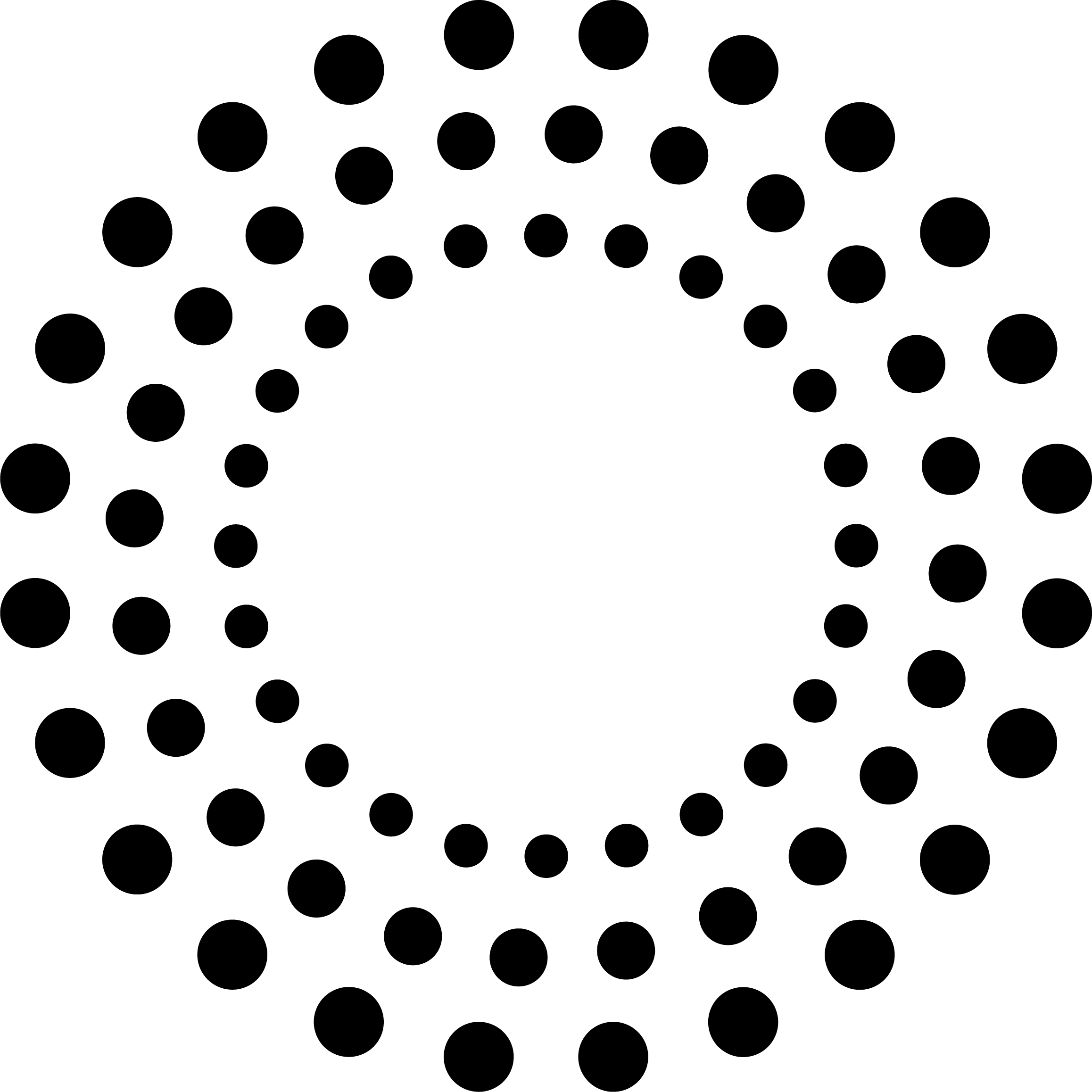

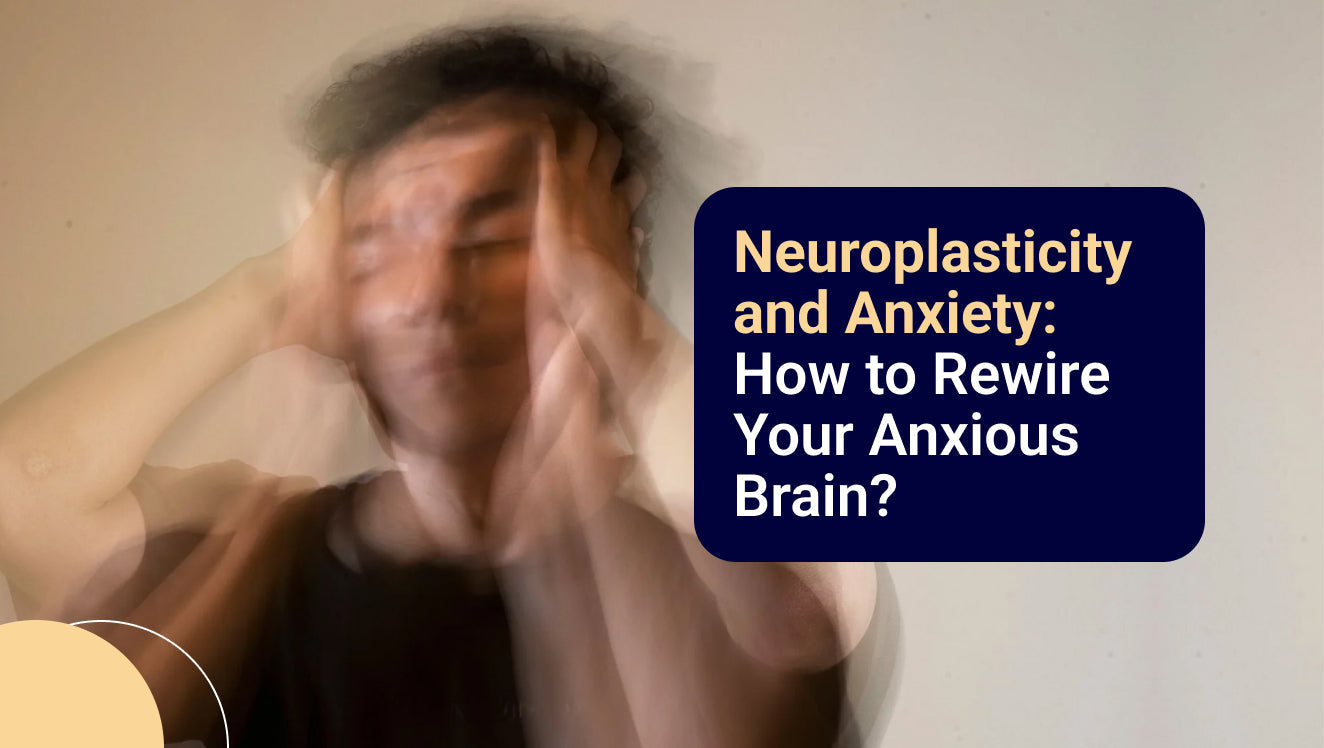



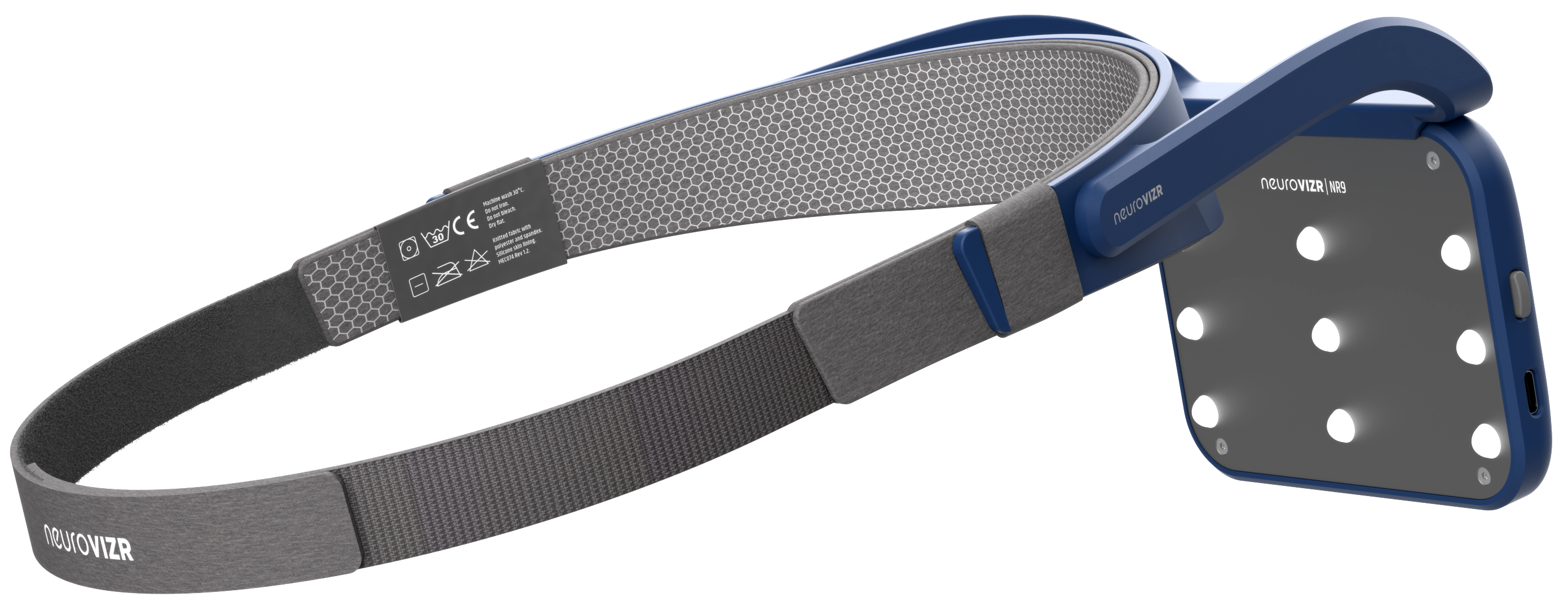
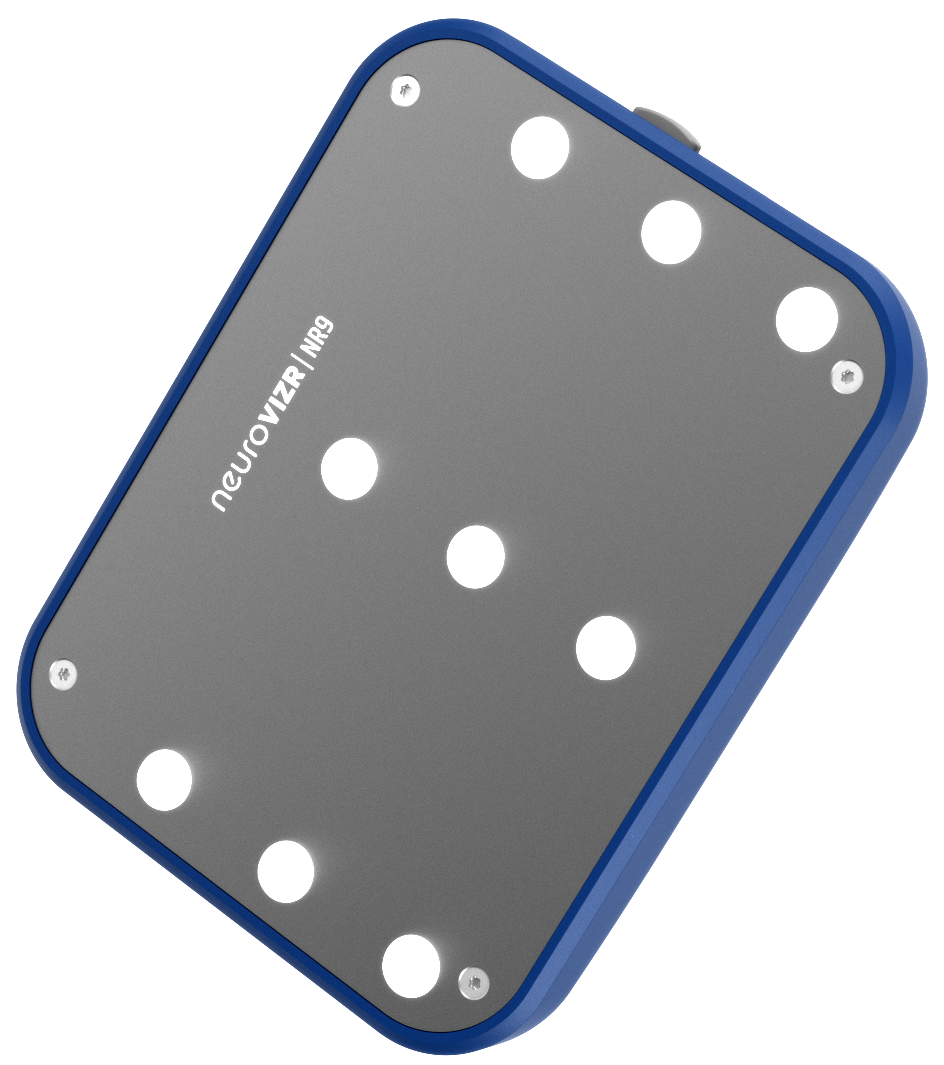
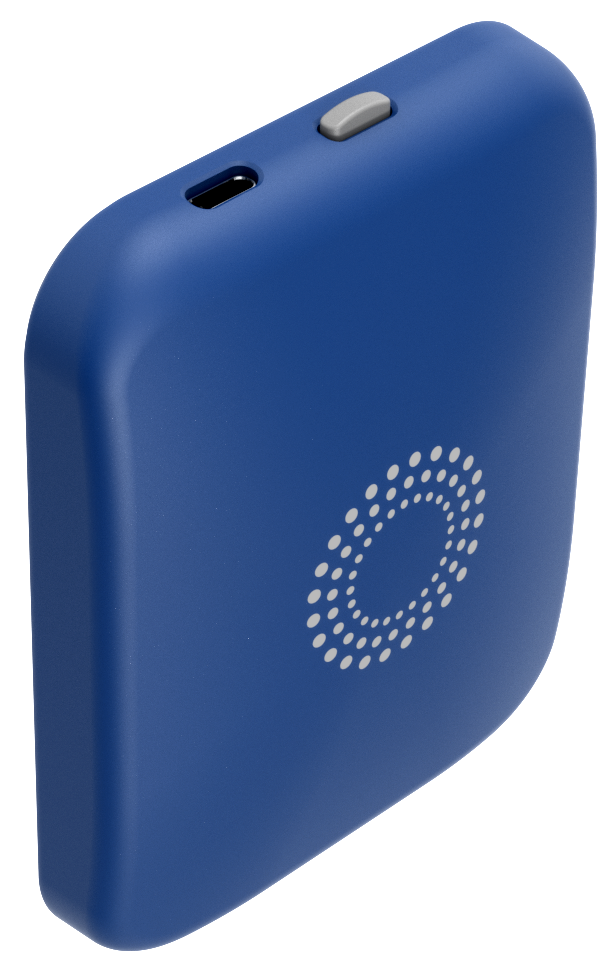
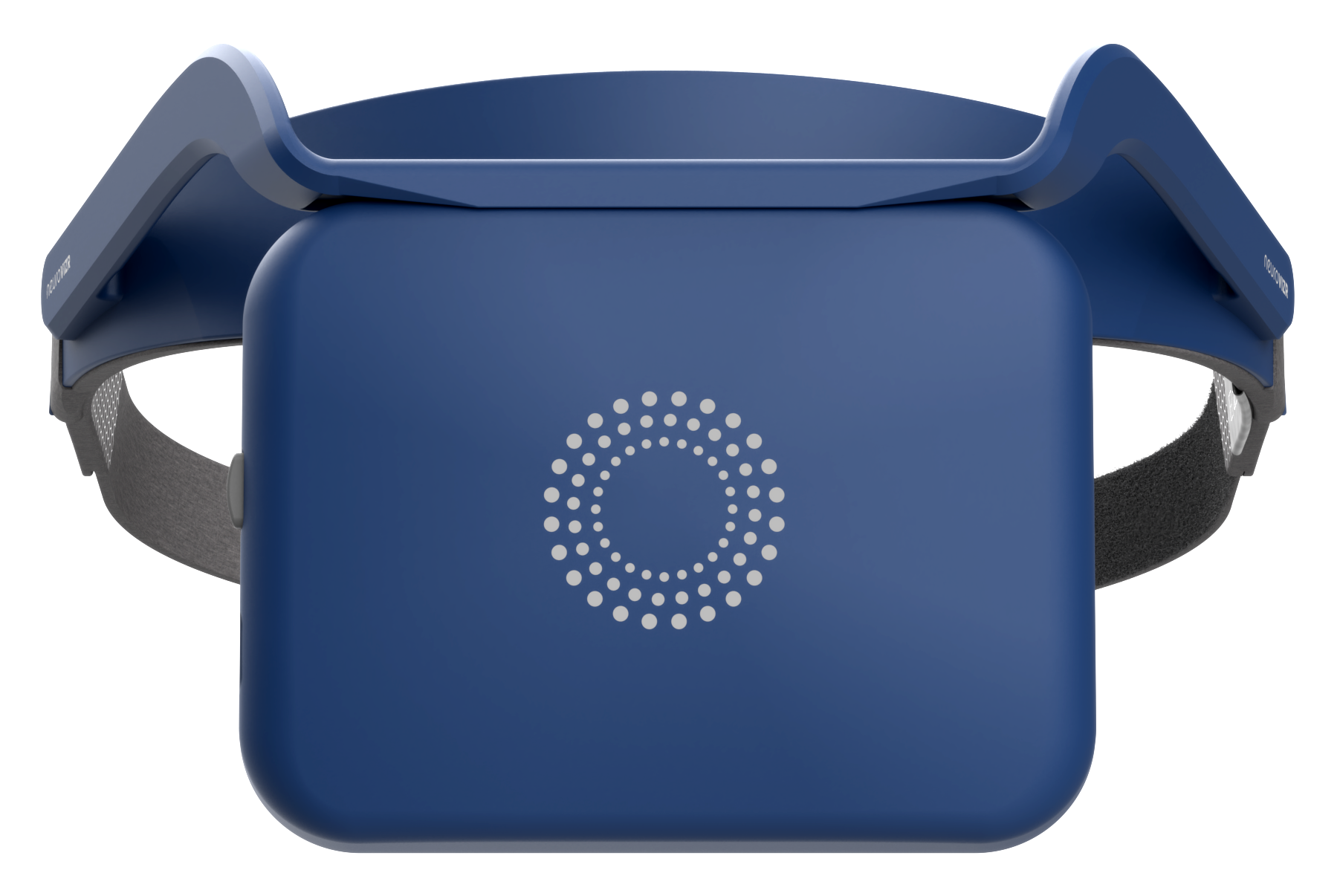
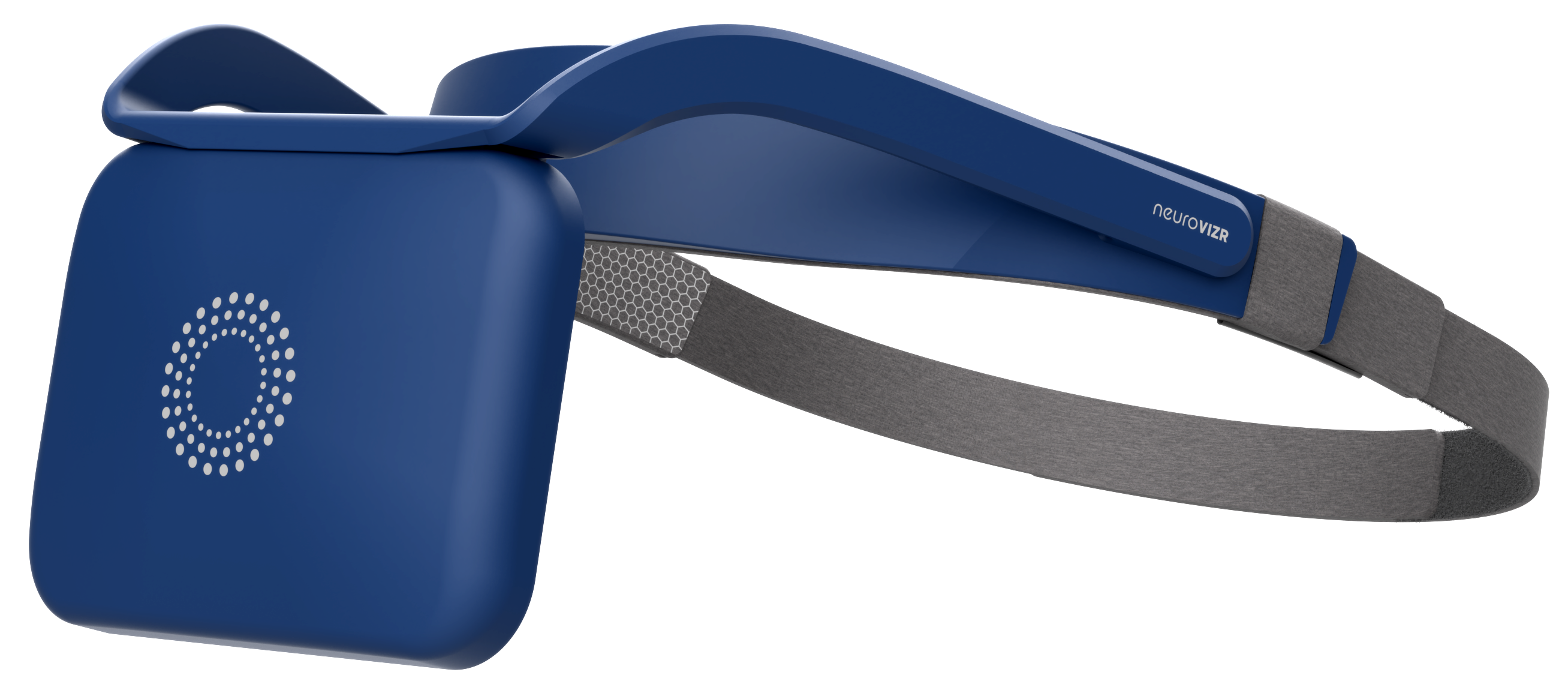

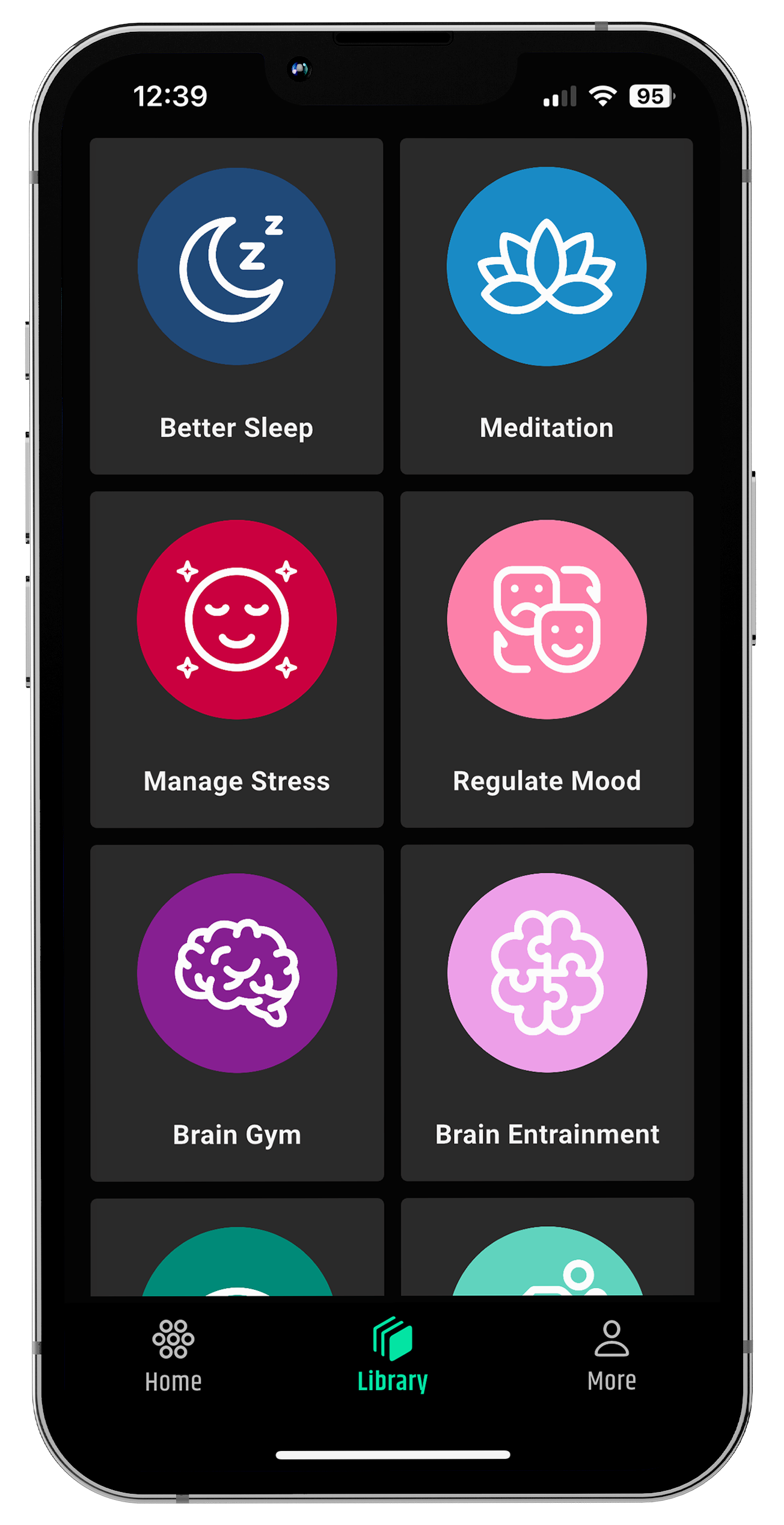


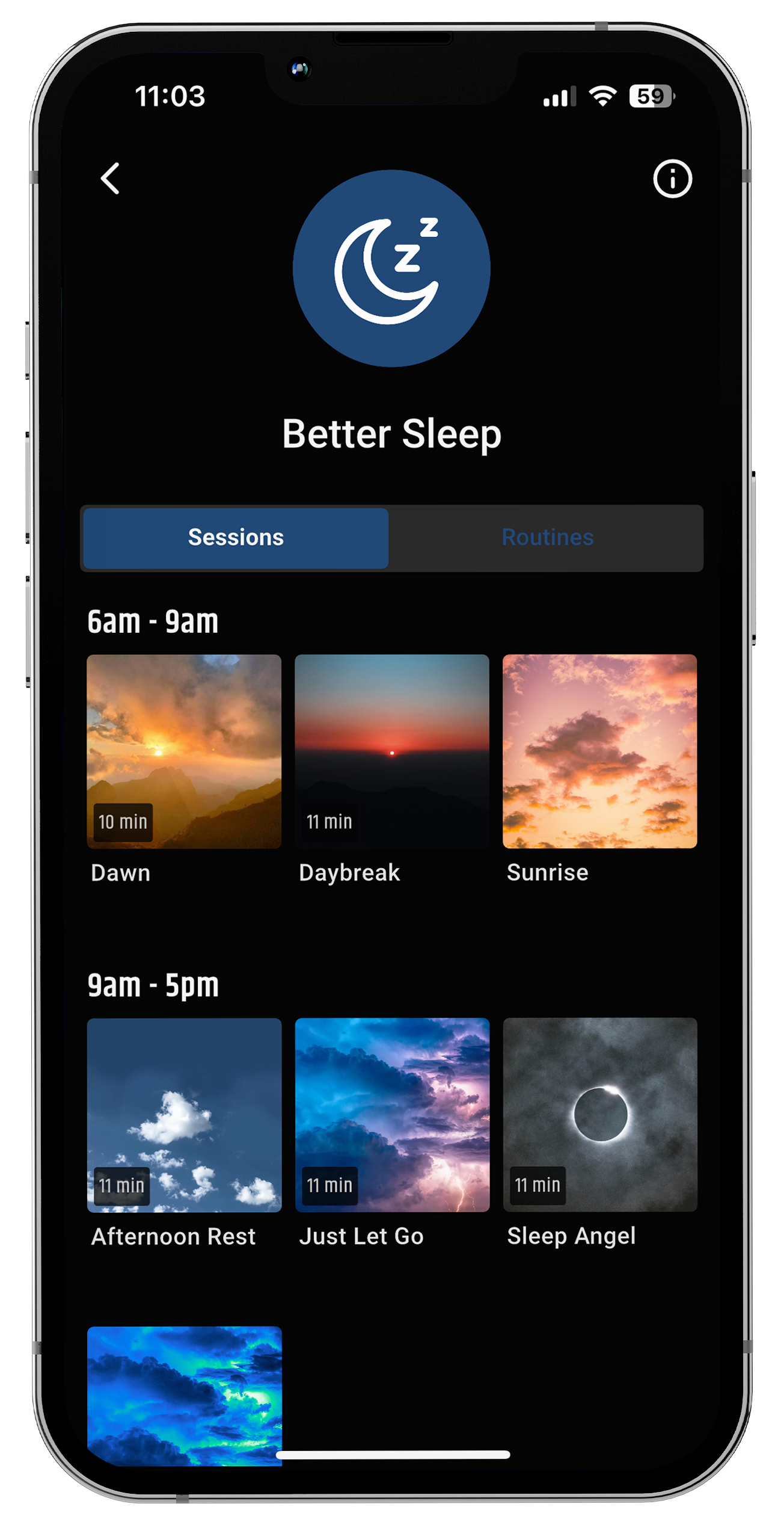










Share:
10 Principles of Neuroplasticity: How Your Brain Rewires Itself
Neuroplasticity Therapy: How to Retrain Your Brain and Heal Faster